Is Margarine Really One Molecule Away from Being Plastic?
Margarine is not one molecule away from being plastic. Despite some chemical similarities to butter, margarine’s molecular structure and composition differ fundamentally from plastics. The “one molecule away” claim is a misconception that overlooks key differences in molecular architecture and function.
Chemical Composition of Butter and Margarine
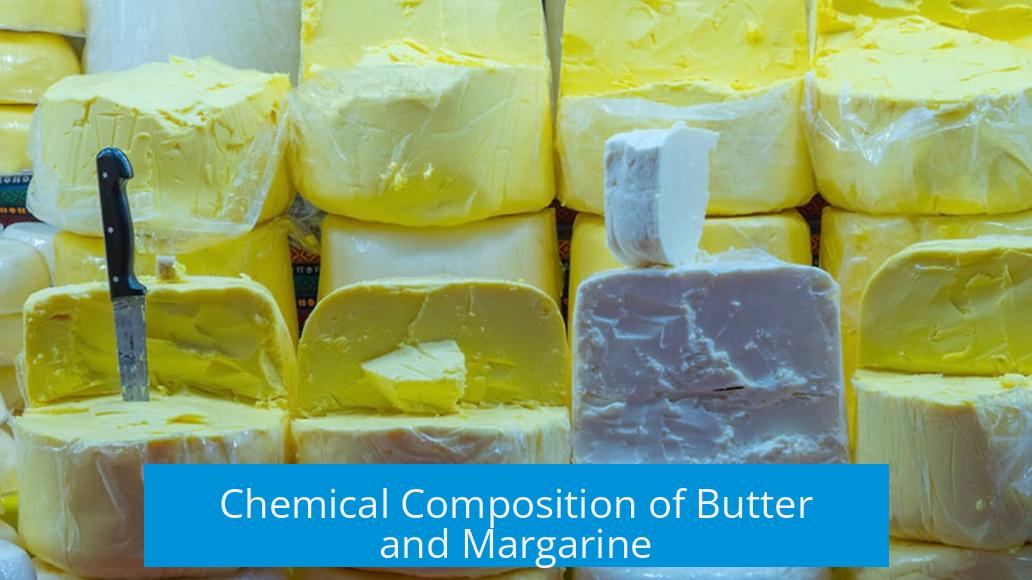
Butter and margarine share a similar basic chemical makeup. Both primarily consist of triglycerides—molecules formed by fatty acids attached to a glycerol backbone.
- Butter contains triglycerides, a small amount of water, phospholipids, flavor compounds, carotenoids for color, and trace vitamins.
- It also holds residual proteins from milk, which margarine lacks.
- Margarine is made from blends of vegetable oils converted into fats, allowing manipulation of fatty acid profiles.
From a chemical perspective, margarine is designed to imitate butter’s texture and taste by forming a similar triglyceride matrix. Differences in fatty acid content impact nutritional and physical properties but do not place margarine beyond the category of fats.
Plastic Chemistry vs. Food Fats
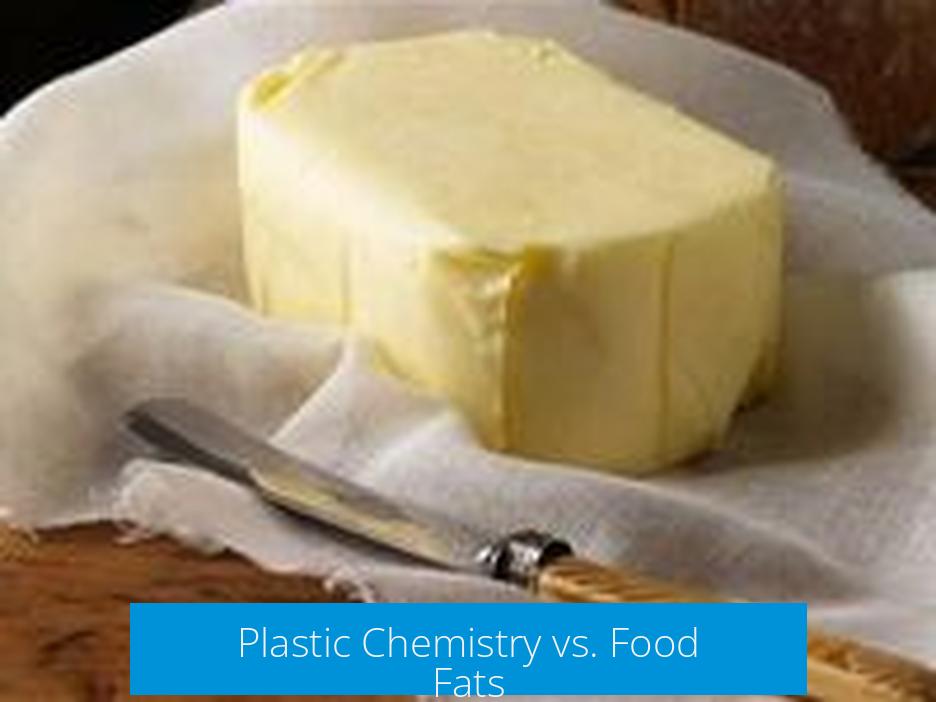
Plastics are polymers composed of long chains of repeating monomer units. Their molecular structures and properties differ widely from triglycerides found in margarine.
| Substance | Basic Molecular Components | Structure | Function |
|---|---|---|---|
| Margarine | Fatty acid triglycerides, oils, water | Small molecules (triesters of glycerol), non-polymeric | Food fat, nutrition, texture & flavor |
| Plastic (e.g., Polyethylene) | Repeating ethylene units (C2H4) | Long polymer chains, high molecular weight | Structural material, insulation, packaging |
| Plastic (e.g., PET) | Repeating ester monomers (terephthalate & ethylene glycol) | Polymeric chain, manufactured polymers | Packaging, fabrics, containers |
Polyethylene, one plastic example, is a polymer made of many ethylene monomers linked in chains. Triglycerides in margarine are fundamentally different, lacking such polymeric structure and repeating units.
Visual Chemical Differences
- Margarine molecules have a glycerol core bound to three fatty acids, forming a triester.
- Polyethylene consists only of simple hydrocarbon chains without esters or glycerol backbones.
- Other plastics like PET and PVC have completely different monomers and polymer backbones.
Why the “One Molecule Away” Phrase Is Misleading
Claims stating margarine is “one molecule away from plastic” misuse the concept of chemical similarity. This phrase does not accurately reflect organic chemistry principles or molecular function.
- Adding or removing one chemical bond or atom can drastically change a substance’s properties and classification.
- More importantly, molecular shape, structure, and polymerization determine function and identity.
- Two molecules might share a chemical formula but differ in stereochemistry, rendering one harmless and another toxic.
For instance, water (H2O) and hydrogen peroxide (H2O2) differ only by one oxygen atom, yet their properties contrast dramatically. Similarly, triglycerides and plastics differ profoundly beyond just an addition or subtraction of a molecule.
Structural Nuance with Examples
Isomers—molecules with the same formula but different arrangements—demonstrate why simplistic arguments fail. Biological systems are highly sensitive to these differences. For example:
- Enantiomers of drugs can have opposite biological effects; one heals, the other harms.
- Stereochemistry affects digestibility and metabolic fate of fats.
- Polymer chains in plastics form solid materials; triglycerides remain liquids or solids used for nutrition.
Origins and Development of Margarine
Margarine originated in the 19th century as a substitute for butter. Early attempts to use animal fats for livestock feed failed, leading to adjustments and commercialization for human consumption.
This non-chemical origin story reflects economic and practical motivations rather than any relation to plastics. Margarine is manufactured through blending and modifying vegetable oils, often involving hydrogenation to solidify oils.
Persistence of the Myth
The idea that margarine is “one molecule away from plastic” persists despite scientific rebuttals. It spreads due to misunderstanding of chemistry and distrust of processed foods.
- Some people rely on oversimplified internet claims without verification.
- Virality of catchy phrases contributes to the myth’s endurance.
- Scientific clarification remains necessary to correct misconceptions.
Efforts to educate on the true chemical makeup of margarine help counteract these false beliefs.
Summary of Key Points
- Margarine and butter are chemically similar, both rich in triglycerides, but margarine is not plastic.
- Plastics are polymers with repeating, long-chain monomer units; margarine molecules are small fats.
- Minor chemical differences, molecular structure, and 3D arrangement drastically change substance properties.
- The “one molecule away from plastic” claim oversimplifies and misrepresents chemistry.
- Understanding molecular structure clarifies why food fats and plastics are fundamentally different.
Is margarine chemically similar to plastic?
Margarine and plastic have very different chemical structures. Margarine is made of fatty acid triglycerides. Plastics like polyethylene are polymers with long chains. Despite some vague similarities, their chemistry is fundamentally distinct.
What does “one molecule away from plastic” mean, and is it true?
This phrase oversimplifies chemistry. Minor changes in molecules can cause huge differences. Margarine is not literally one molecule away from plastic. The difference is more about structure and arrangement than a single molecule.
Why do people believe margarine is almost plastic?
This myth likely spreads because plastics and fats share some chemical terms. Public misunderstanding and oversimplified claims create confusion. Scientific research shows that this idea is inaccurate and misleading.
How does the structure of margarine differ from plastic?
Margarine’s fats are triglycerides with specific 3D shapes. Plastics are long-chain polymers with repeating units. These structural differences influence how the substances behave and their safety.
Was margarine originally related to livestock feed?
Margarine was initially developed with livestock fattening in mind. Some versions caused problems in animals, leading to reformulations for human consumption. This history is unrelated to claims about plastic similarity.


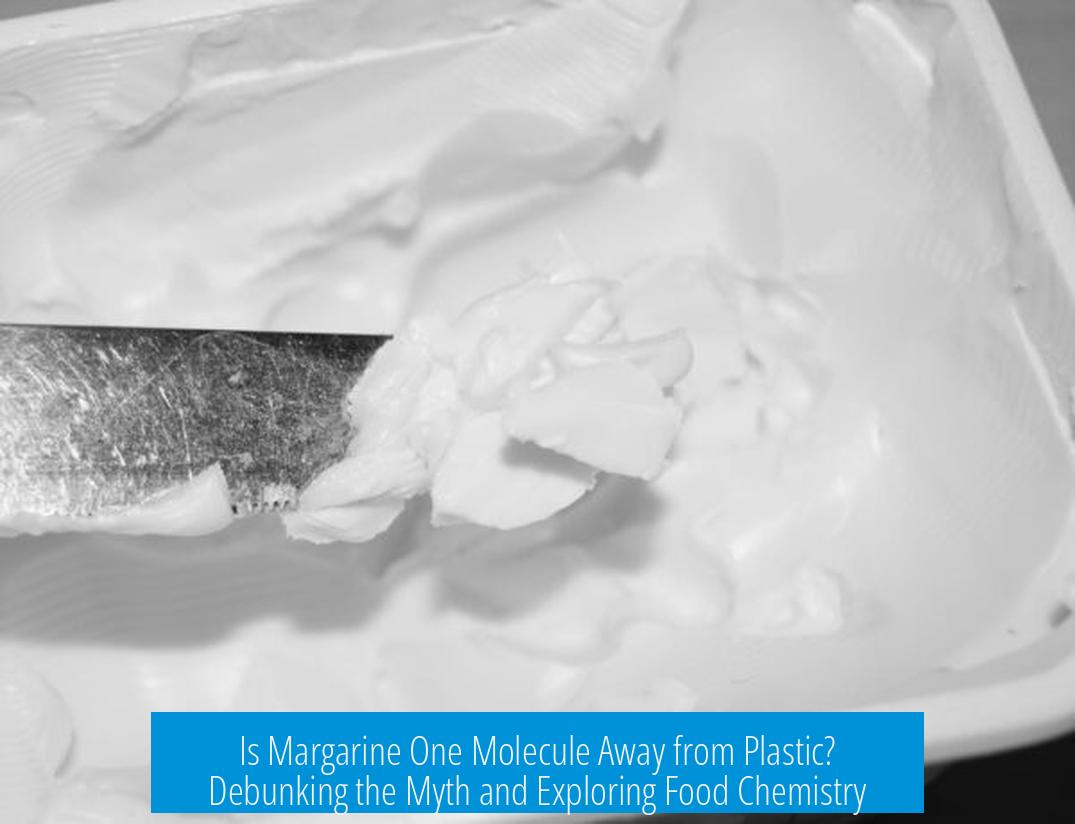
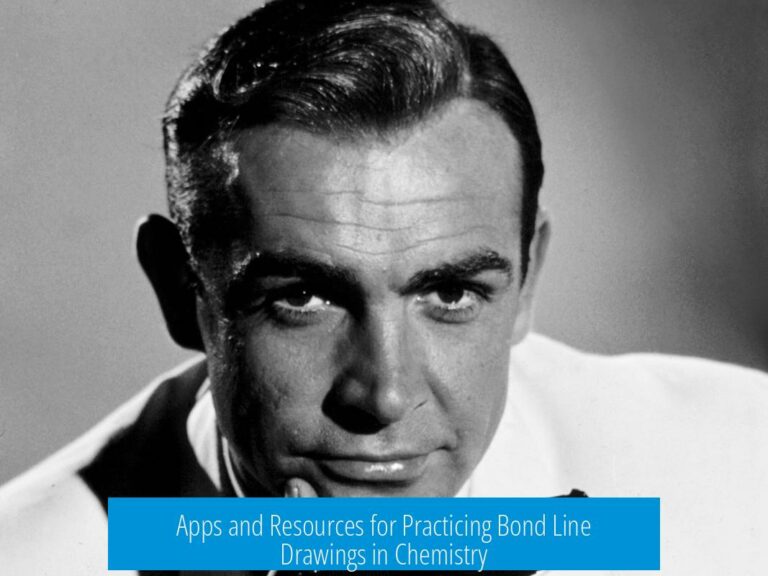
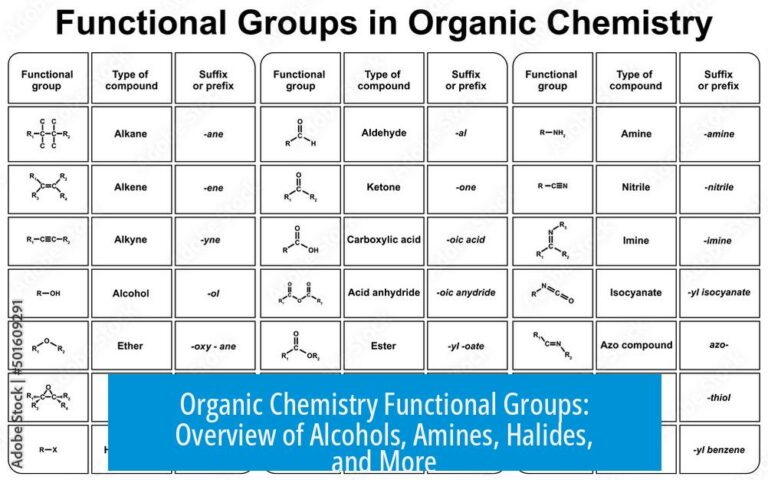
Leave a Comment